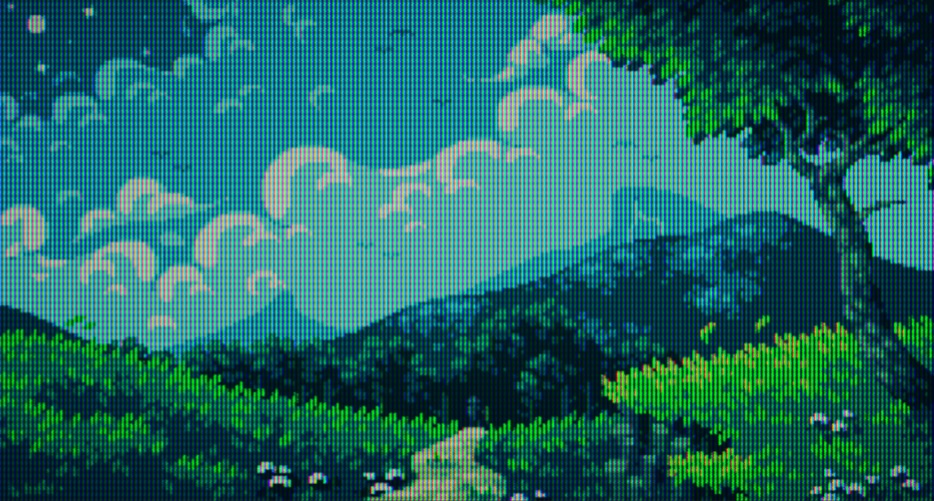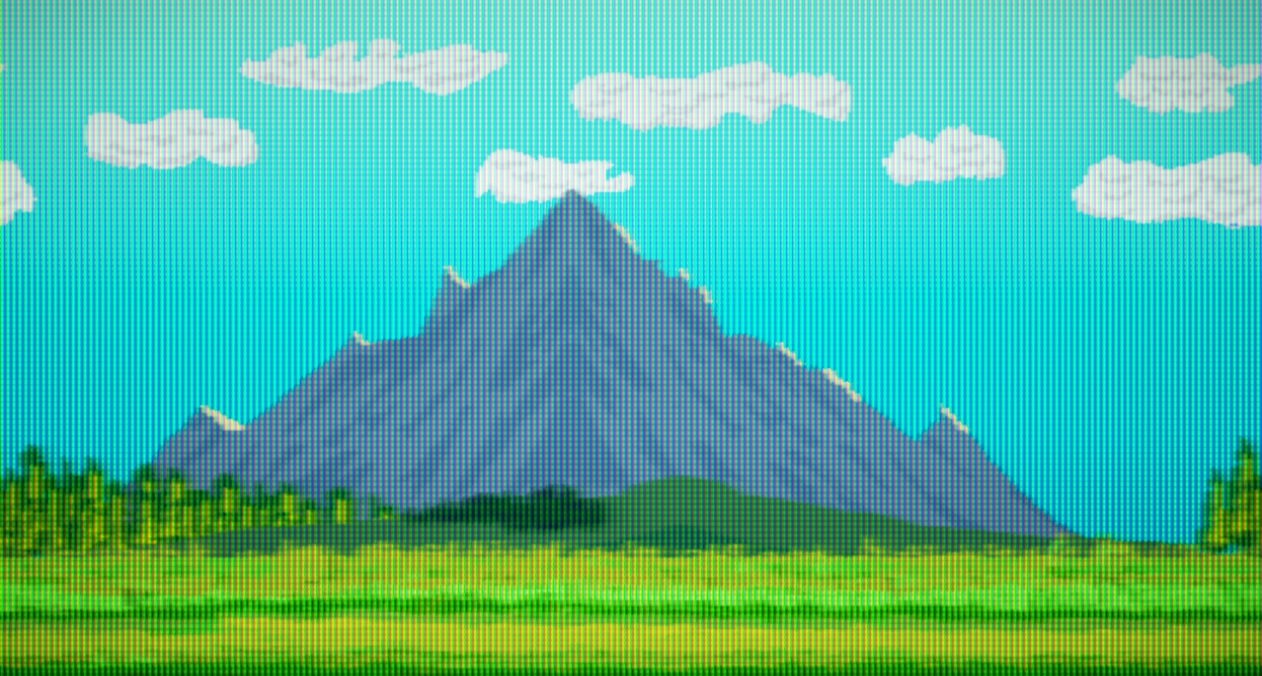RetroEngine began as a blank D3D12 window, a personal experiment to see if a CRT could be simulated not as a filter, but as a physical system. Within the first week, that idea evolved into a functioning real-time display model, complete with beam scanning, phosphor decay, and color-accurate light response.
The renderer now reproduces real phosphor layouts, beam afterglow, and even a simple 3D scene, all rendered through a fully simulated CRT pipeline. This marks the foundation of RetroEngine’s goal: not imitation, but reconstruction of analog light.
 Read Full Log
Read Full Log
This is just a short summary — click above to read the full log.
With the CRT renderer stable, this phase focused on structure and scalability; defining how RetroEngine organizes and renders its world. The new ECS-style architecture introduces clean separation between data and behavior, with components for scenes, materials, and gpu meshes, driving a modular pipeline.
The first 3D scene renderer now runs with verified Blinn–Phong lighting, world-space normals, and HDR output feeding directly into the CRT simulation stage. This milestone proves the engine’s rendering core is stable enough to support both 2D and 3D pipelines under a single system.
 Read Full Log
Read Full Log
This is just a short summary — click above to read the full log.
In just a few days, RetroEngine took a major step forward.
The engine can now render true 2D parallax scenes, built entirely on its custom DirectX 12 renderer and running through the same HDR signal path as the 3D stage.
This isn’t just a visual feature. It’s the first proof that RetroEngine’s rendering core can support a full 2D pipeline — modular, efficient, and deeply tied into the CRT simulation.
Every pixel is treated as light, not color data, which means the behavior of the image is physically modeled from input to glass.
 Read Full Log
Read Full Log
This is just a short summary — click above to read the full log.
 Read Full Log
Read Full Log
 Read Full Log
Read Full Log
 Read Full Log
Read Full Log